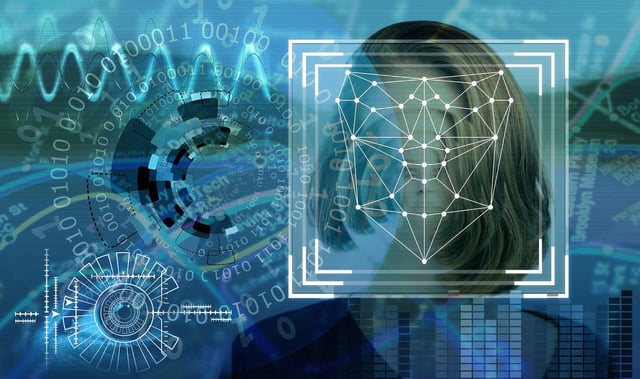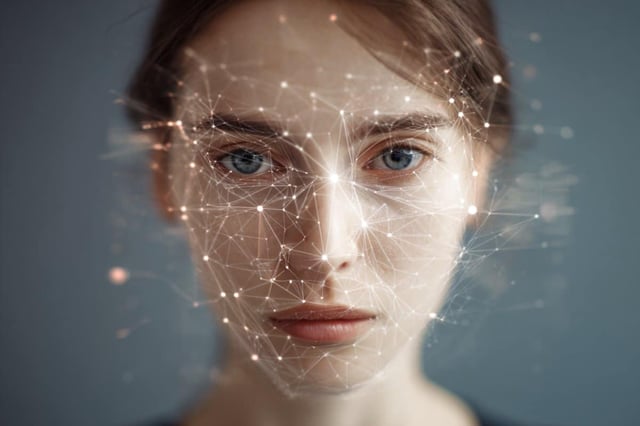Overview
- The AI system analyzes de-identified head pose, eye gaze and facial landmark data to protect participant anonymity.
- Published in Pattern Recognition Letters, the study drew on 18 sessions with children, totaling over 100 minutes of video per child and about 185,000 frames per video.
- Analysis revealed distinct PTSD-related facial movement patterns and showed stronger expression signals in clinician-led interviews than in parent-child conversations.
- Researchers plan to broaden trials to assess potential gender, cultural and age biases and to validate the system’s clinical utility with larger samples.
- If larger trials confirm its effectiveness, the AI could offer clinicians real-time feedback during therapy and monitor child recovery without repeated interviews.

